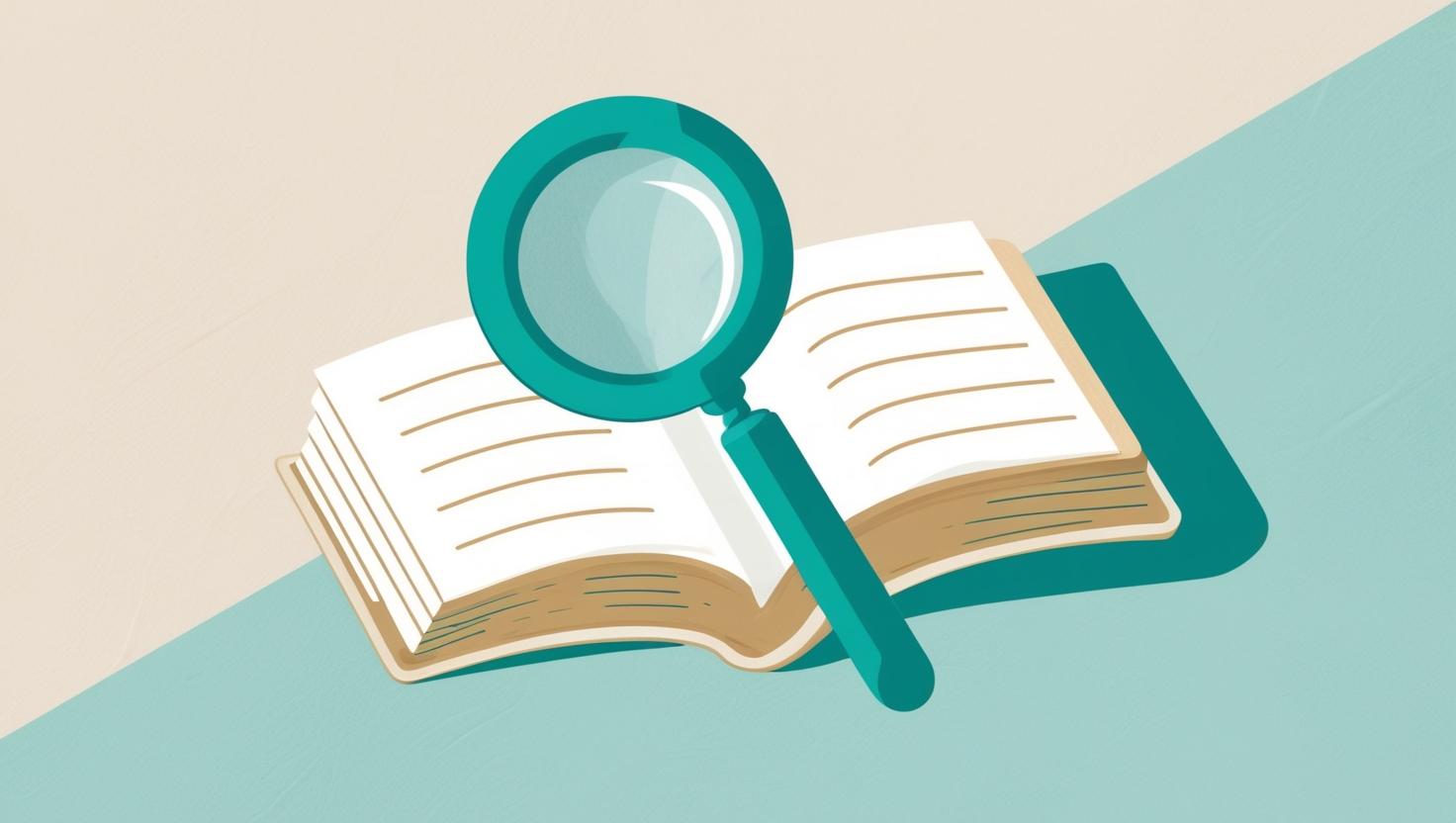How ADHD Shows Up DIfferently in Women New 2025 Study Reveals Key Gender Gap
Understanding ADHD Through a Gender Lens
ADHD isn’t just a childhood disorder—or a “boy’s diagnosis.” A new study analyzing over 2,200 adult patients reveals that ADHD symptoms and impairments manifest differently in men and women, especially in adulthood. While the core features of ADHD remain consistent, how those symptoms are expressed, remembered, and managed varies significantly across gender lines.
This insight could reshape how clinicians screen, diagnose, and support adults with ADHD—especially women, who are often misdiagnosed or overlooked due to outdated diagnostic frameworks.

What the Study Looked At in Regards to ADHD
Published in Frontiers in Global Women's Health, the study titled “Bias by Gender: Exploring Gender-Based Differences in the Endorsement of ADHD Symptoms and Impairment Among Adult Patients” analyzed 2,257 Dutch adults who were diagnosed with ADHD using the DIVA-5, a global diagnostic interview based on DSM-5 criteria.
Researchers focused on:
- How patients endorsed ADHD symptoms in childhood vs. adulthood
- Which predefined behavior examples they selected
- How ADHD impaired different life areas
- Gender differences across all categories
Key Takeaways: Gender Differences in ADHD
1. Women Report More Symptoms in Adulthood
Women endorsed more adult ADHD symptoms than men, especially:
- Losing things easily
- Feeling restless
- Talking excessively
This challenges the outdated view that ADHD is less severe or less common in women. In fact, female patients showed higher symptom presence in adulthood, especially for hyperactivity and impulsivity.
“Feels restless” was endorsed by 88% of women vs. 78.5% of men.
— Platania et al., 2025
2. Men Recall More Childhood Symptoms
In contrast, men reported more childhood symptoms like:
- Leaving their seat during class
- Avoiding tasks requiring sustained attention
- Not completing homework
Girls, who tend to internalize symptoms more, often go undiagnosed until much later—ages 16–28—compared to boys, who are typically diagnosed between 11–22.
3. Impairment Types Also Vary by Gender
ADHD isn’t just about symptoms—it’s about how it affects real life. Here’s how impairment reports differed:
| Impairment Area | More Reported By |
|---|---|
| Self-confidence issues | Women |
| Social contact problems | Women |
| Work/education issues | Both |
| Relationship strain | Men |
| Legal/impulsive issues | Men |
Self-confidence was the most reported impairment overall:
89% of women vs. 81% of men.
4. Women Use Coping Strategies That Mask ADHD
Women often endorsed behaviors that reflect overcompensation or perfectionism, including:
- Rigid use of lists (30% of women vs. 19.5% of men)
- Creating schedules they don’t follow
- Perfectionism (44% of women vs. 29% of men)
These efforts to stay “on top of things” may actually mask ADHD symptoms, leading professionals to miss the diagnosis.
Why This Matters
Outdated Tools Lead to Misdiagnosis and Missed diagnosis in Women
Diagnostic tools like DIVA-5 rely heavily on observable, disruptive behaviors—like interrupting or getting out of a seat—behaviors more typical in boys.
Girls and women are socialized to hide their struggles, so ADHD symptoms often present as anxiety, emotional overwhelm, or burnout, making it harder for clinicians to recognize the underlying neurodivergence.
Diagnostic Bias Is Built In
The DIVA-5 still includes many male-centered childhood examples—like “doesn’t hand in homework” or “talks out of turn.” These don’t reflect how ADHD often shows up in girls, who may be emotionally dysregulated or excessively self-monitoring instead.
How ADHD Symptoms Show Up by Gender
| ADHD Feature | Women | Men |
|---|---|---|
| Most Endorsed Adult Symptom | Feels restless | Difficulty sustaining attention |
| Childhood Symptom Recalled | Talks excessively (chatterbox) | Leaves seat, avoids tasks |
| Coping Style | Rigid lists, overplanning | Missed tasks, lack of structure |
| Impairment Focus | Self-confidence, social issues | Relationship strain, impulsivity |
| Diagnostic Challenge | Masking, internal symptoms | Early, externalized behaviors |
What Needs to Change
The study’s authors recommend that ADHD diagnostic tools be improved to:
- Include more female-relevant behaviors
- Remove rarely endorsed examples (like gambling or legal trouble)
- Expand beyond the male/female gender binary
- Validate tools on both ADHD and non-ADHD populations
This would ensure more accurate diagnoses, especially for women and gender-diverse individuals who are currently underserved.
Final Thoughts
While ADHD may look similar on paper across genders, how it's experienced, reported, and masked varies greatly. This study highlights the need for more inclusive tools and deeper understanding—so that fewer women are left undiagnosed, untreated, or misunderstood.
Even if the statistical gender differences were small, the impact on real lives is big.
Additional Resources
- DIVA-5 Diagnostic Interview
- DSM-5 ADHD Criteria
- CHADD: Girls and Women with ADHD
- PubMed: ADHD & Self-Esteem Research
Links to other pages Related Articles from Kristen McClure
- 🌟 Understanding ADHD in Women: A Comprehensive Guide with Insights from Research 🌟 (Cornerstone Content)
- ADHD and Depression
- ADHD Masking vs. Autistic Masking in Women: Understanding the Differences, Similarities, and Impacts
- Understanding ADHD and Perfectionism: How They Are Connected
- A Deep Dive into ADHD and GAD: Diagnosis, Treatment, and Support for Women





